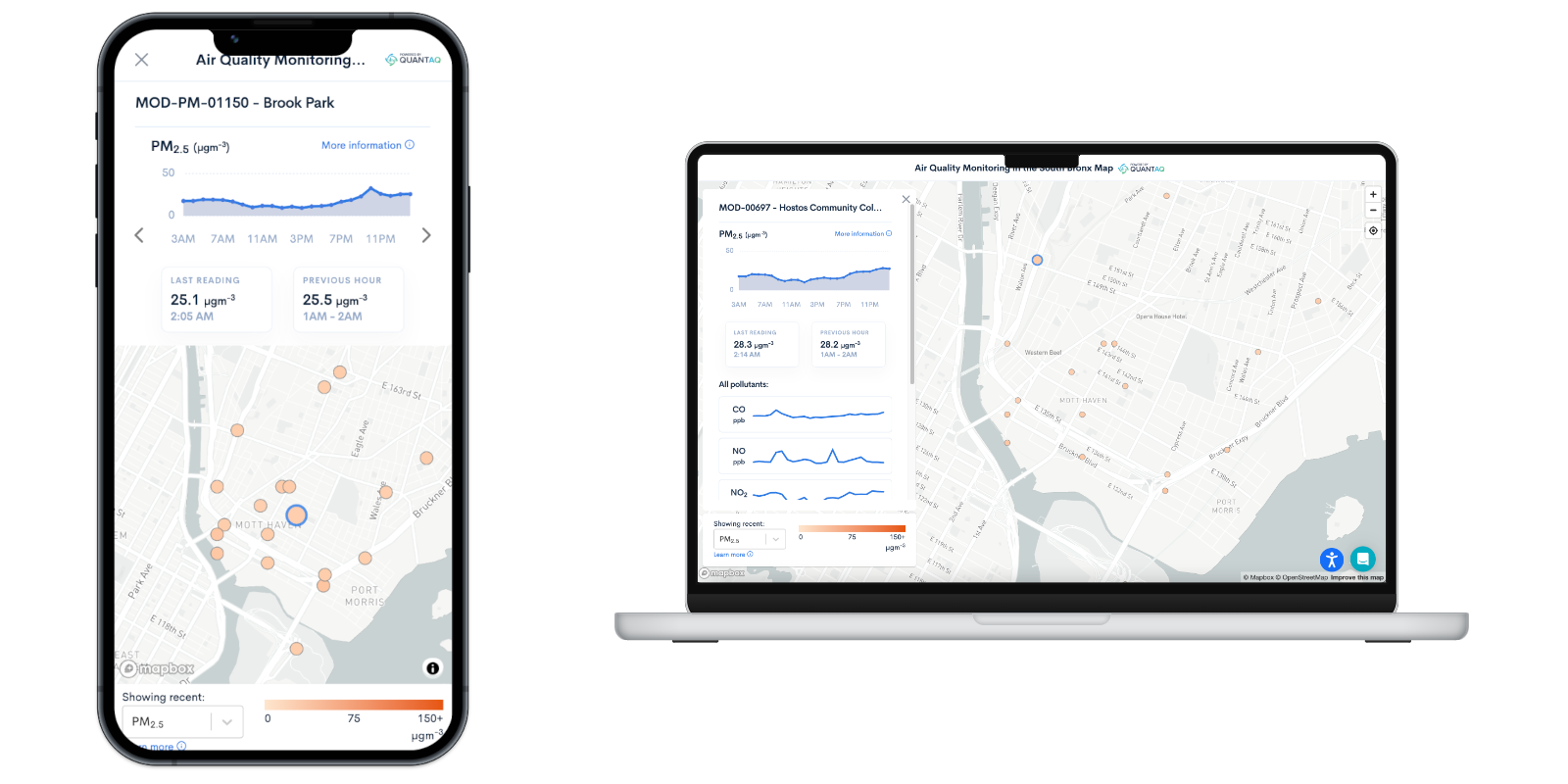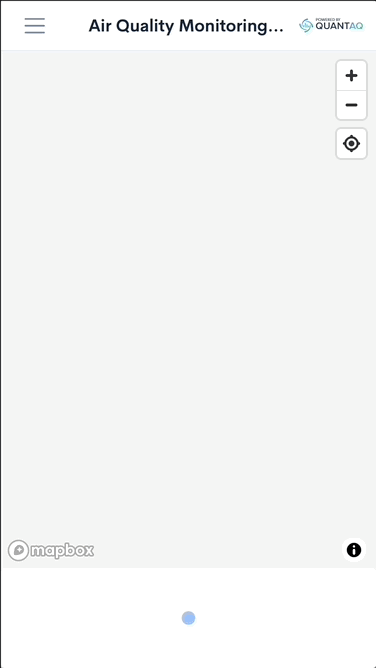New! Shared Maps for easy air quality data access
With this release, we're making it easier to customize and share information about real-time air quality with your audiences.

Sharing access to real-time data from your sensor network is critical.
Whether it's getting an in-the-moment view of local air quality conditions into community members' hands, or raising broad awareness of your work by sharing links through the news or social media, you need fast, flexible ways to disseminate data from your sensor network.
With today's launch of new Shared Maps, we're making this easier by adding the ability to create, share, and embed maps of your sensor Networks.
What's changing
- More customized, mobile-friendly viewing for your audience: Fast-loading, easy-to-navigate Maps make it easy for folks to quickly check real-time levels of the pollutants your sensors are measuring from a desktop computer, tablet, or phone.
- Add an optional layer of privacy for your data: Share your Map link broadly, or with a select group of people by adding a shared passphrase.
- Control where the data appears: Choose whether you embed a Map on your website, or send viewers to a custom QuantAQ URL.
How South Bronx Unite shares data to strengthen their advocacy for cleaner air
The New York area nonprofit aims to share the real-time data from their new 65-sensor network widely, both for community members to understand their exposure and for policy-makers to better understand the block-by-block impact of air pollution burden in the neighborhood.
Leslie Vasquez, Clean Air Project Organizer at South Bronx Unite, trialed the new feature by swapping out a link to all publicly-accessible devices in the QuantAQ Map for a custom, embedded Shared Map of the group's 65-sensor network itself.
Leslie says: "QuantAQ's responsiveness has made data more understandable for community members and made it easier for us to share our network's air quality data effectively. Their commitment to listening to our needs and implementing changes demonstrates their dedication to supporting our community's efforts for cleaner air."

How it works
Find it in the Maps tab by scrolling down to Shared Maps. Click on 'Generate a shared link' where you'll see settings to customize elements of your Map, like adding a title and description, generating a URL, and selecting which pollutants to display. You can add a passphrase if you want to keep access to the Map more controlled. There's no limit on the number of links you can create, so feel free to generate custom links for each group or purpose you encounter.
Here's to smoother, more helpful sharing of your air quality data - we look forward to hearing your feedback!

